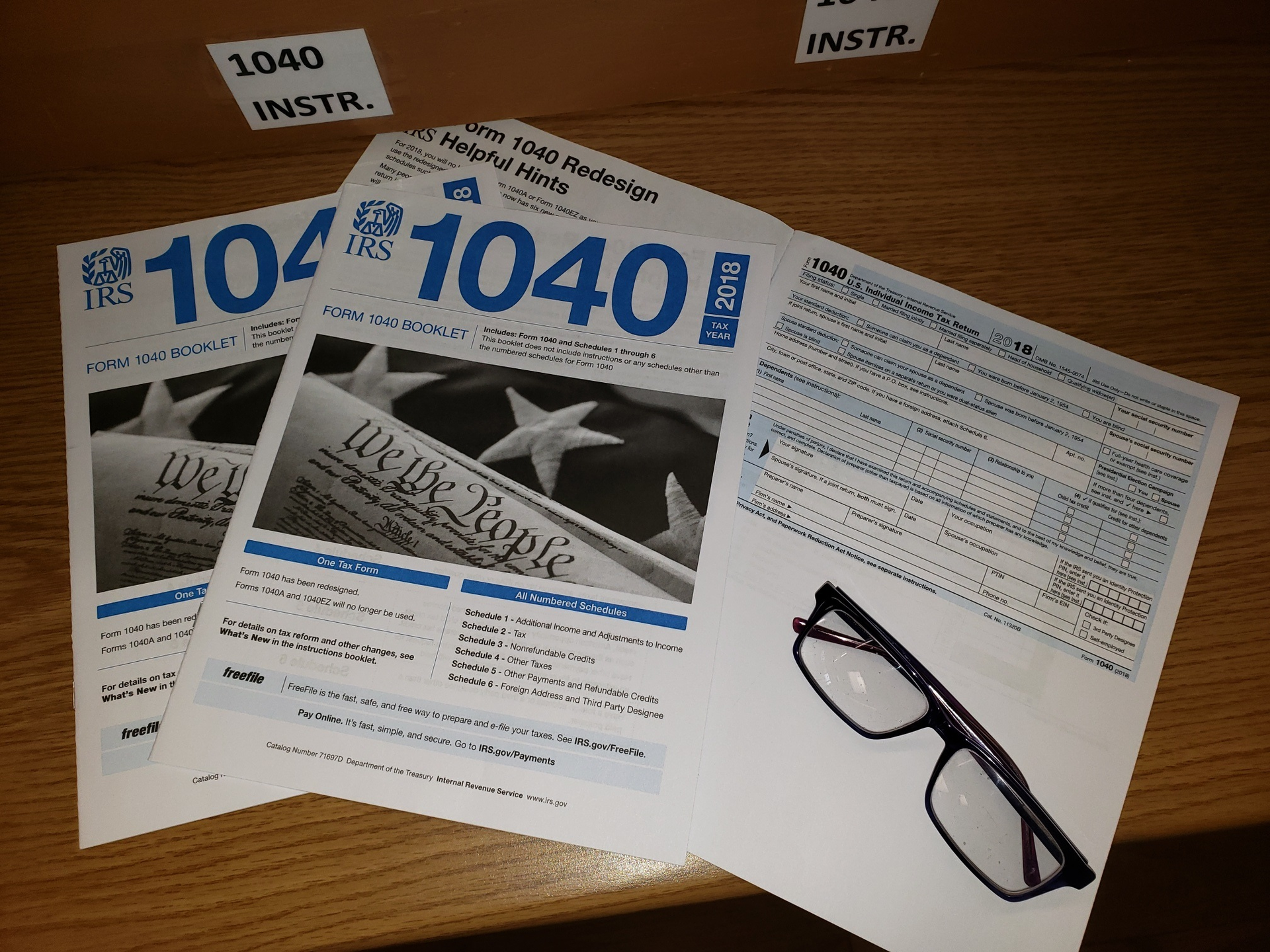Technology
IRS Says Paper Income Tax Returns are Major Cause of Logjam
The IRS doesn't have the ability to scan paper-based tax returns directly into their systems. The data must be manually typed, a tedious process that causes logjams in processing tax returns.
Mar. 30, 2022

There are several reasons that taxpayers should file their tax returns electronically:
- E-filed returns get processed faster, which means faster refunds;
- Electronically prepared returns are more accurate;
- Paper-filed returns must be entered into the IRS system manually, raising potential for data error, and potentially increasing the chances for more scrutiny by an IRS staff member.
And according to the IRS National Taxpayer Advocate, Erin M. Collins, paper-filed returns are largely to blame for the current backlog of tax returns at the agency.
In the latest NTA Blog, Collins announced the issuance of a Taxpayer Advocate Directive (TAD) urging the IRS to implement machine reading technology (OCR) within the next two filing seasons. A TAD is a written communication to the IRS from the NTA that recommends action to address a systemic problem affecting millions of taxpayers.
This newest directive looks to relieve IRS challenges with manual processing of paper tax returns and prevent future issues such as the current backlog that resulted from COVID-19 closures and delays.
“The delays in processing these returns result from the IRS’s archaic data intake process,” says Collins. “The IRS’s submission processing function today evokes images of what data transcription looked like in the 1960s – prior to the information age. Employees manually transcribe all paper tax returns. Transcription consists of keystroking every digit and every letter on the return. For a moderately complex return, several hundred digits may need to be transcribed. For longer returns with more forms and schedules, the number of digits may approach or exceed 1,000 digits. In the year 2022, this doesn’t just seem crazy. It is crazy.”
As of March 18, 2022, the IRS still has 15 million tax returns backlogged from the 2020 and 2021 filing seasons.
The NTA recommends two types of scanning technology, 2-D barcoding and optical character recognition (OCR), that can allow the IRS to machine read paper returns and reduce the need for manual data entry.
Collins explains, “Scanning technology would speed return processing, substantially reduce or eliminate transcription errors, and enable the IRS to reassign employees from data entry jobs to other positions, ultimately saving tens of millions of dollars.”
TAS’s analysis suggests that 50-60 percent of the individual income tax returns submitted on paper over the last two years were prepared with tax return software and would not need to be transcribed if 2-D barcodes were added.
Read the full NTA Blog to get more information about scanning technology. You can access the NTA’s TAD that was issues on Tuesday, March 29, 2022, here: https://www.irs.gov/pub/irs-utl/tad-2022-1-memo-from-nta.pdf.
